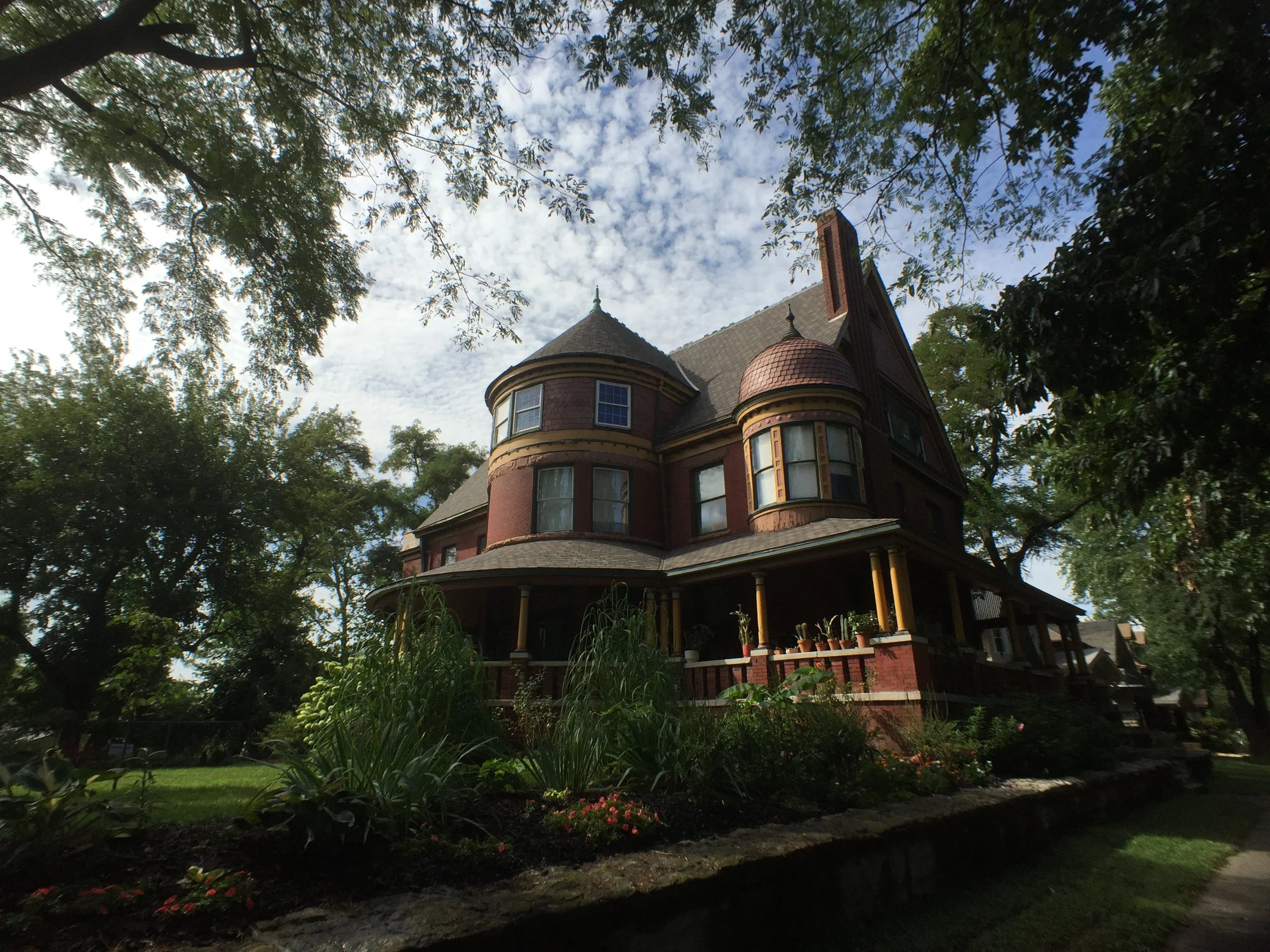Check out our aerial video of the Scarritt Renaissance Neighborhood
The ripping of trace paper, the wild strokes of pens, and the bing of mental light bulbs are all sounds that are common at the Kansas City Design Center lately. For the past month, students have been further investigating the existing situations and the design possibilities for the Scarritt Renaissance Neighborhood in Northeast Kansas City.
The students have met up with the Scarritt Renaissance Neighborhood Association and other stakeholders to finalize their overall concept for the neighborhood. To do this, they identified six main goals that they want to achieve that would improve the neighborhood.
In order to get a better grasp of the scope of their vision plan, KCDC students identified specific areas in the neighborhood that have the most issues and therefore the most potential. Before they can get down to the nitty-gritty of architecture design, they must first figure out their urban strategies.
“To identify our urban strategies, we listed the problems and solutions that could solve the social, cultural, or physiographic issues of the neighborhood through architecture. ”
This is just a small fraction of the numerous facets they're studying, all in order to give themselves constraints to start their schematic designing within. After conjuring up iterations of schematic designs for their chosen sites, the KCDC students will host another review with the Scarritt Renaissance stakeholders. Sparking a dialogue with the neighborhood will give the students valuable feedback to refine their design propositions.
Among other happenings at the Kansas City Design Center include a public lecture by Tom Campanella. Titled "American Curves: Nature, Race, and the Origins of the Modern Highway," Campanella spoke about his research and findings on an incredibly influential man, Madison Grant, a leader in the conservation of nature whose efforts to conserve park space created the first parkway, which was the earliest concept of a highway that we know of today.
Look forward to hearing more on the students' work after their stakeholder meeting with the Scarritt Renaissance Neighborhood Association, as well as more information as they start to delve into their newest project: Creative Placemaking in the West Bottoms.












